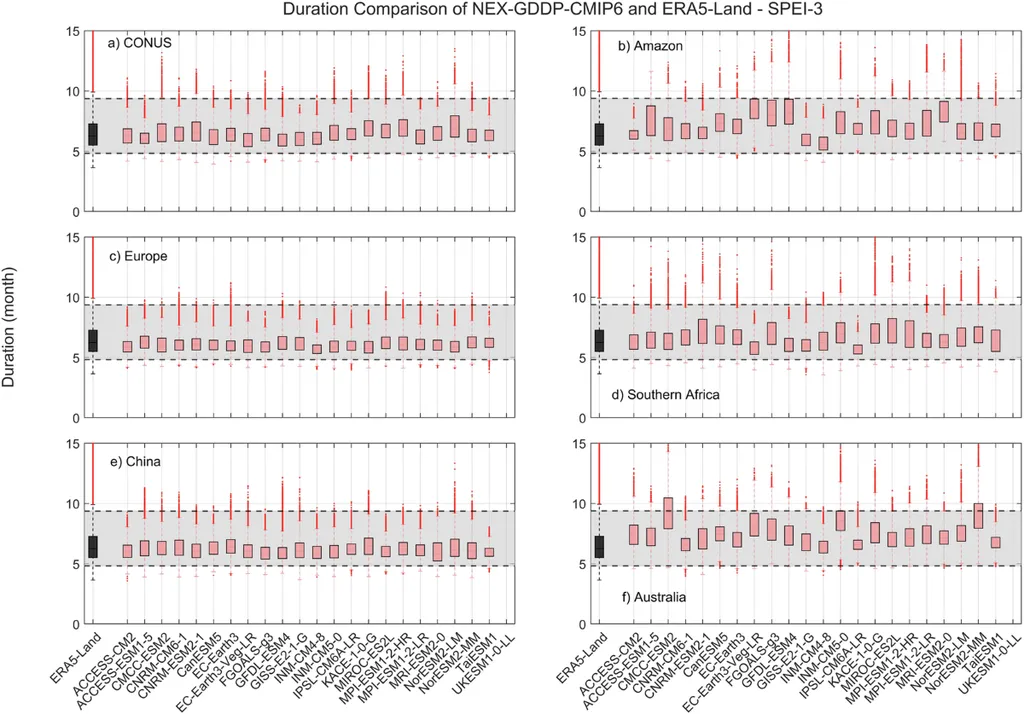In the heart of China’s North China Plain, a groundbreaking model is set to revolutionize agricultural drought prediction, offering a beacon of hope for farmers and agricultural managers grappling with the unpredictable whims of climate change. Developed by a team of researchers led by Quan Jialu from the School of Automation at Beijing Information Science & Technology University, the GCN-BiGRU-STMHSA model is poised to transform how we predict and manage agricultural droughts, with significant implications for the energy sector and food security.
The model, which integrates a graph convolutional network (GCN), a bidirectional gated recurrent unit (BiGRU), and a multi-head self-attention (MHSA) mechanism, is designed to capture both spatial and temporal dynamics of drought conditions. “Our model doesn’t just look at the data; it understands the relationships between different meteorological stations and the patterns over time,” explains Quan. This holistic approach enables the model to predict the standardized soil moisture index (SSMI) with remarkable accuracy, providing crucial insights for agricultural management.
The implications for the energy sector are profound. Accurate drought predictions can inform water resource management strategies, optimizing irrigation plans and reducing energy consumption. “By predicting drought conditions more accurately, we can help farmers use water more efficiently, reducing the energy needed for pumping and other irrigation activities,” says Quan. This not only cuts costs but also contributes to sustainability efforts, a growing priority in an era of climate change.
The model’s effectiveness was validated using data from five representative meteorological stations in the North China Plain. It outperformed baseline models like GRU, LSTM, and Transformer in both SSMI prediction and agricultural drought classification tasks. The results were impressive, with the model achieving high accuracy and low error rates, even for long-term predictions up to 28 days.
Looking ahead, this research could shape the future of agricultural technology and energy management. “Our model provides a robust tool for drought early warning systems,” says Quan. “This can assist agricultural management authorities in making informed decisions, ensuring stable crop yields, and mitigating the adverse effects of droughts.” The potential for commercial applications is vast, from precision agriculture to water resource management, offering new opportunities for innovation and investment.
Published in the journal ‘智慧农业’ (translated as ‘Smart Agriculture’), this research marks a significant step forward in the field of agritech. As we face the challenges of a changing climate, models like GCN-BiGRU-STMHSA offer a glimpse into a future where technology and agriculture converge to create more resilient and sustainable food systems. The journey has just begun, but the promise is clear: a future where droughts are predicted with precision, and resources are managed with wisdom.

